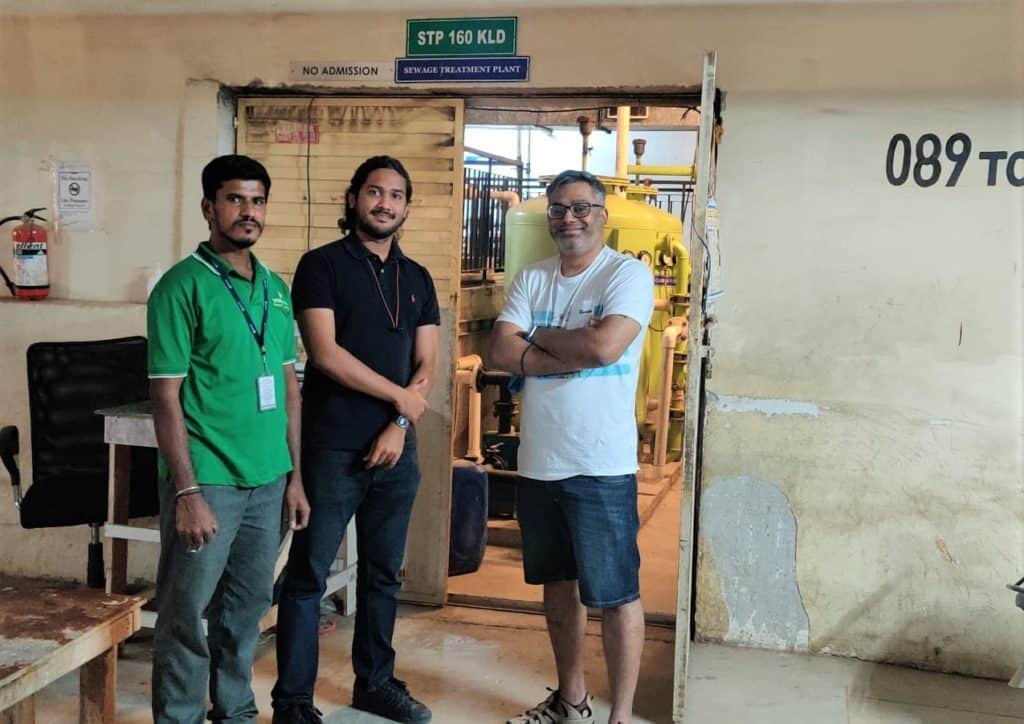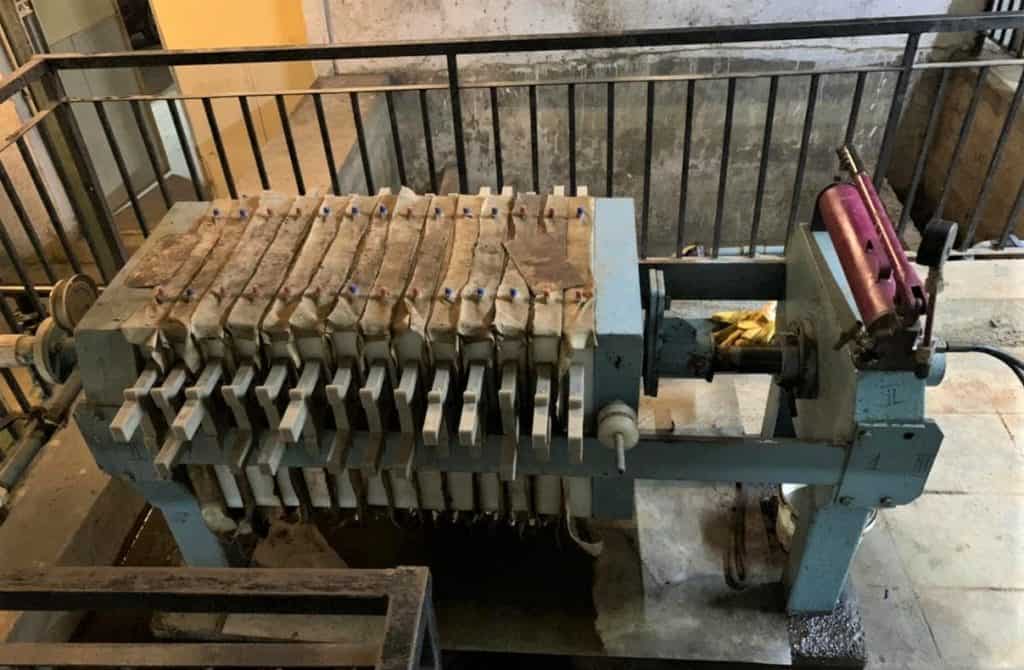In Bengaluru, apartments have to set up their own Sewage Treatment Plants (STPs) to manage the sewage they generate. But the design and operations of most apartment STPs are flawed.
Often, residents suffer due to the poor quality of treated water which they have to reuse; and excess sludge from the STP is dumped elsewhere, endangering public health.
We, at Brigade Altamont apartment in K Narayanapura, recently fine-tuned our STP system so as to make it fully legally-compliant, and with little investment. K Narayanapura has no underground sewer network, and our apartment is located near a rajakaluve that traverses Arkavathy Layout.
So it was critical that our STP operated at a higher standard so that the locality wouldn’t have to bear any negative environmental impact from the waste we generated.
Though our builder had constructed an STP and a vendor was operating it, the quality of treated sewage was poor, as indicated by its colour and odour. Residents had to use this water for flushing toilets and for gardening.
Read more: Why sewage treatment plants in apartments are messed up, and how this can change
The STP has a filter press and screw pump, to convert excess sludge into dry ‘sludge cakes’ which could be used as fertiliser for crops). But this system was not functioning properly.
The sludge cakes were watery, and there was foul odour, which attracted a lot of flies. We had to frequently hire tankers to dispose of the sludge in landfills, which led to environmental pollution.
Improving STP operations
Brigade Altamont’s MC (Managing Committee) members Lukose, Raghavendra, Kamlesh and I took up the initiative to maximise the STP’s productivity.
We hired a facility management company to operate and maintain the STP. Aditya Prem, the facility management company expert, worked closely with me, to fine-tune the treatment process.

The STP at our site uses the extended aeration method, also known as Activated Sludge Process. Our STP capacity, as per design, is 160 KLD (kilolitres per day). On an average, the plant treats about 100 KL of sewage daily, which is then reused.
The facility management company streamlined STP operations through measures such as proper dosing of chlorine, maintaining sufficient air supply in the aeration tank, carrying out proper backwash for the filters, etc.
Read more: Faulty sewage treatment plant in your apartment? Pollution Control Board may be liable, not you
They also streamlined the filter press operation so that the sludge cakes could be dry, and the problem of bad odour and flies was resolved. We rarely hire tankers to dump sludge now.
About 80-100 kg of sludge cakes are produced at the site daily, and we supply these to farmers nearby for free. The sludge cakes would have been ideal as manure for our garden as well, but many residents still have not bought into the idea.
A key challenge we faced in the fine-turning process was the fluctuation in the amount of sludge created. Since many residents now work out of home, excess sewage is produced. Unfortunately, we could not predict the days on which sewage would be in excess and control overflow accordingly.
Our filter press is not large enough to convert the sludge into cakes quickly, so as to maintain the levels in the holding tank. This was a slight design flaw of the STP, and the MC and facility management company tackled it.
A poly-electrolyte chemical was used to stabilise the excess sludge in the holding tank. This helped increase the capacity of the holding tank by at least 30%.

We also had to make sure that food particles, as well as inorganic materials such as plastic and condoms, were not drained into toilets, as it would affect the overall performance of the STP.
We now have a fully-functional STP that offers clean treated water and efficient sludge management. But we are unable to use all of the treated water for flushing and gardening, since it is slightly in excess of our needs.
Our next step is to further treat this water in the Water Treatment Plant (WTP), and reuse it in bathrooms and kitchens. Ultimately, our goal is that residents use all of the recycled water for their various needs.
Awesome article
Hi Mr.Tarun, we are also facing issues with our STP in Kengeri,Can i make a visit to see your plant?how do i contact you?
Good work. While STP design is crucial, they are only as good as how they are operated. I am glad to see residents take initiative to make sure their STP’s run well. Being a water treatment consultant and vendor of STP’s I have always ensured my plants meet and surpass the treated water quality requirements of the Pollution Control Board. The water is excellent for all reuse except for potable purposes. Need more such initiatives!
We are also looking to improve our STP. Can you please pass on the vendor details.
Well done Tarun and your team to make your STP work effectively, and thanks for sharing your experience, which could be useful to augur the STP functionality of other similar sized apartments.
Good to know this as a first hand account! Kudos to you for making the STP compliant in all instances!
Really good sir and we need this type of vendors please share this plan organisers and vendors contractor number also. Thank you
Good initiative. Touched by your team spirit.
Hi Tarun
Request you to share the contact details of STP vendor . We are facing worms issue in the Treated water. Your help is highly appreciated
A motivating discussion is definitely worth comment. There’s no doubt that that you
ought to publish more on this subject, it may not be
a taboo subject but usually people do not speak about
such subjects. To the next! Best wishes!!
Great Initiative
Can you please share contact details to reachout you for STP solution which is having some improvements for my existing setup
Hi Tarun, Can we contact the association or yourself to get some help for our STP with similar issues like flies, colour and odor.